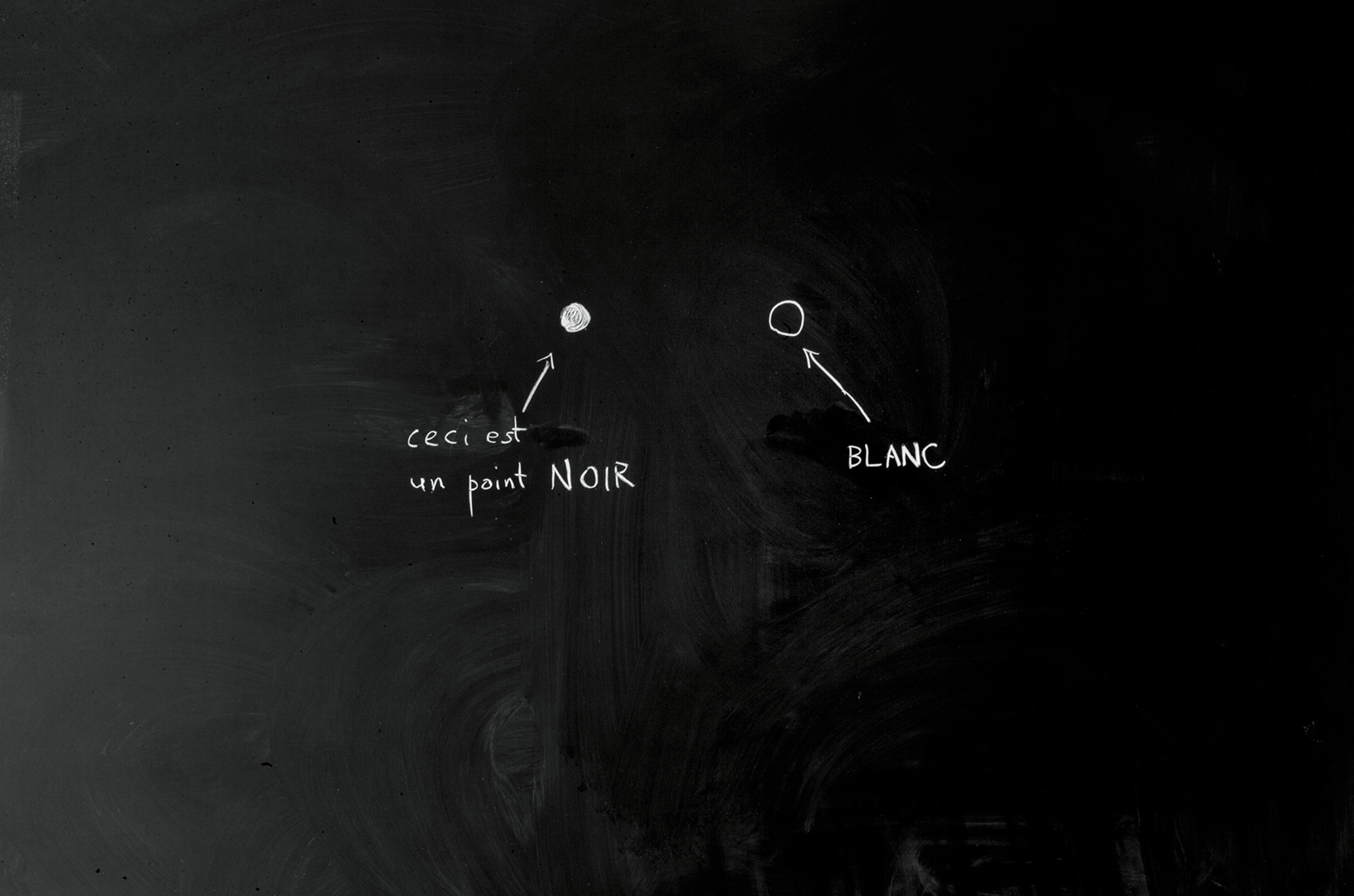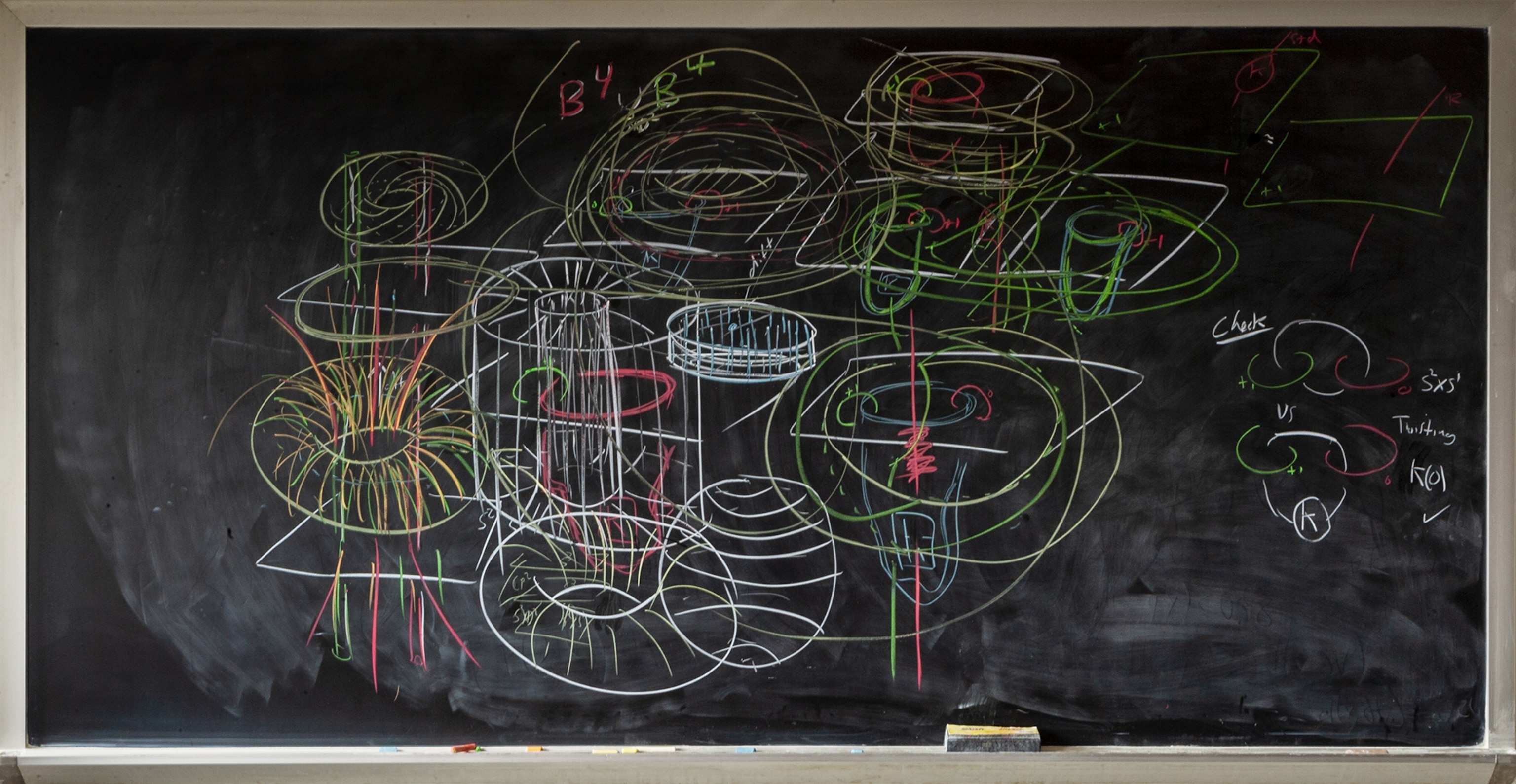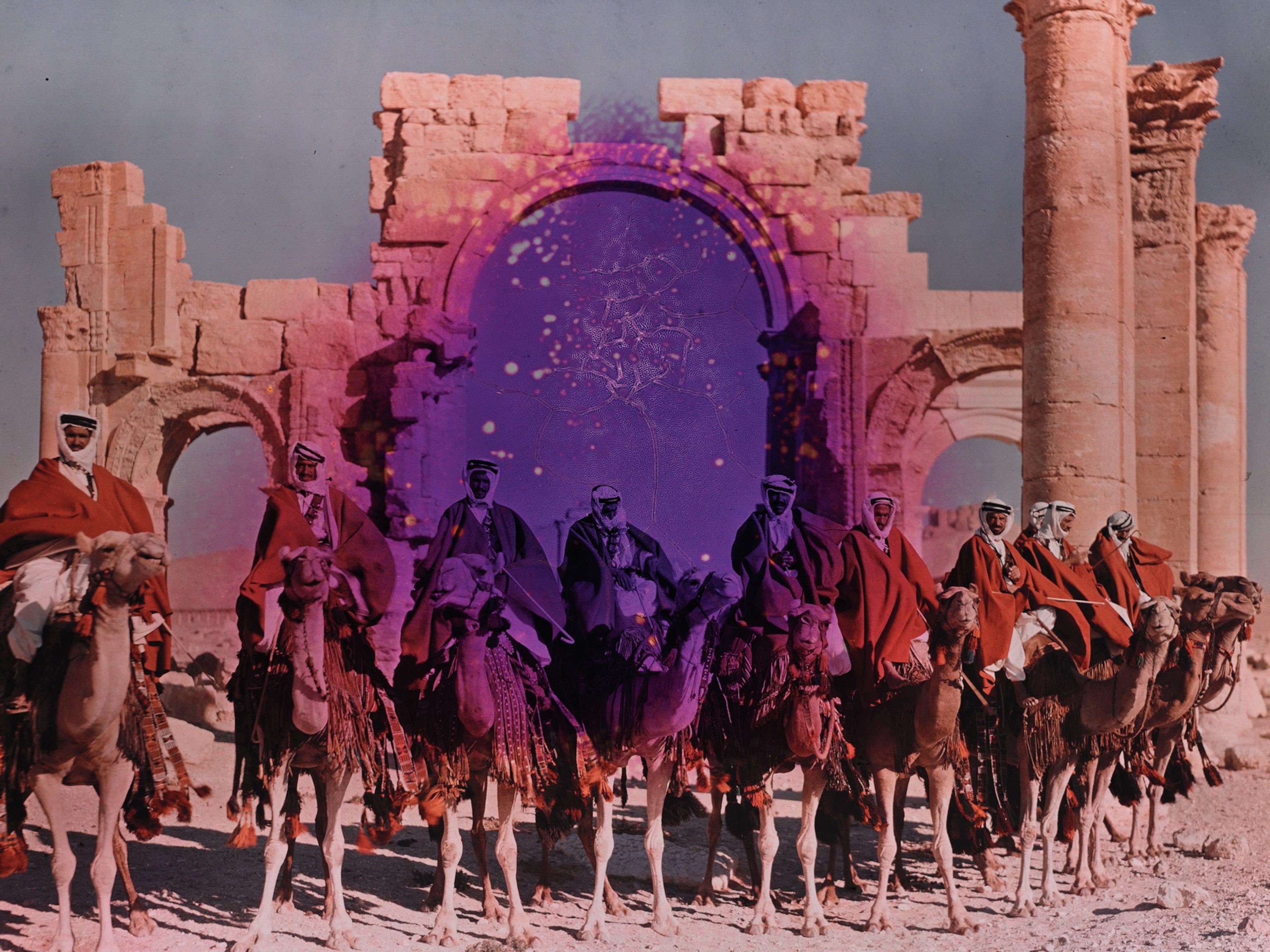This story appears in the April 2021 issue of National Geographic magazine.
Detractors may deride mathematics as difficult, abstract, rigid, boring. But to admirers, mathematics is fascinating, creative, even an art form—and its canvases are chalkboards covered with scribbles, an odd mix of therapy and ingenuity known as board work.
Photographer Jessica Wynne learned about the beauty of mathematics from her summer neighbors on Cape Cod, Massachusetts. Both of them are theoretical mathematicians, and when their friends—also theoretical mathematicians—came over, Wynne noticed that chalkboard ponderings were how they communicated complex ideas and worked out knotty problems. They used chalkboards to collaborate and spar and, most of all, to explore the boundaries of known mathematics. Some described it as meditation.


In a world with plenty of paper, whiteboard, and digital screen space, why chalk? “That’s like asking a painter why they paint with oils,” says Wynne. But there are practical matters too, she says. Dry-erase markers stain clothes and hands. Then there’s how chalk sounds and feels when in use: a soft knock and rhythm, almost like a metronome. One University of Chicago mathematician vowed that if the math department replaced chalkboards with whiteboards, the faculty would revolt.
The quandaries of theoretical math are far more difficult than solving for x or balancing the quadratic equation. Some mathematicians try to find new universal truths, as Archimedes discovered pi and Pythagoras defined a right triangle. Board work also may be an end in itself—a place to record one’s thoughts, unrushed. Wynne photographed one heavily notated board, at Yale University, on which the professor had written in one corner: “Pls do not erase.” It had remained untouched for five years.
A book of Wynne’s chalkboard images, Do Not Erase, is set for June 2021 publication by Princeton University Press.











